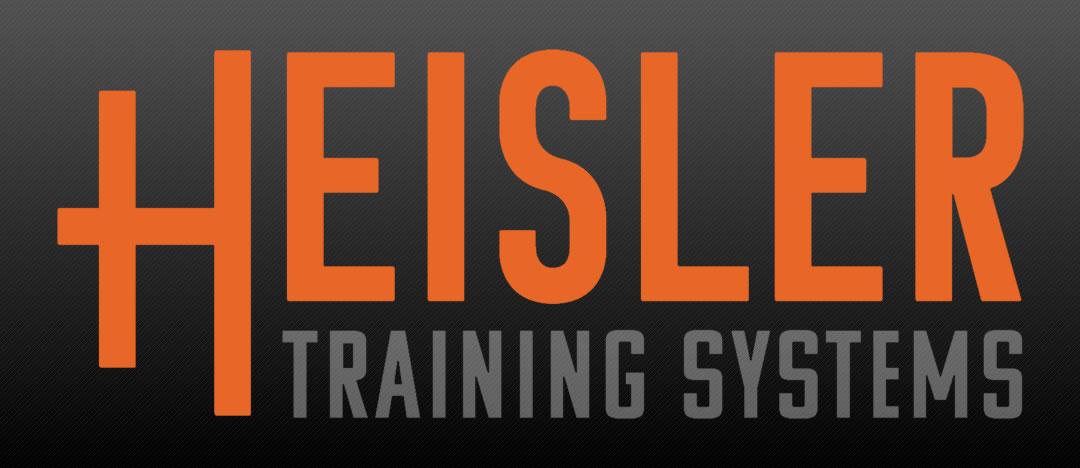|
And just like that, you are lying on the court, writhing in pain, praying you did not just tear your ACL.
Your season is over, and now you need surgery followed by the arduous rehab/rebuilding process. Your surgeon did a great job, your physical therapist helped you get your range of motion back and now you need to get back to being an athlete. But how?
Seek out an experienced personal trainer to help you get back into the game you love. Trying to do it on your own is as promising as trying to cram an entire semester of eastern philosophy into a 2-hour study window after a night of heavy partying. (Actually, some of you could probably pull that off.)
I have successfully helped 2 high school athletes receive clearance to return to their sport within 8 months. I would never be so brazen as to call myself an expert, but I do have some hands on experience that makes me feel confident in doling out advice. If your trainer has a plan including the following, you are in good hands!
Strength and muscular development is the obvious first step. You need to build the quads, hamstrings and glutes. Your training should involve a combination of quadricep dominant exercises like squats, split squats and single leg squats along with glute/hamstring dominant exercises like hip thrusts, deadlifts, single leg deadlifts and glute ham raises. Building strong quads is the focus of most re-strengthening programs but keep in mind that the glutes and hamstrings are vital for improvements in speed and power. Do not neglect the posterior chain.
How screwed would you be if you found out half way through a flight that your pilot did not know how to land? Pretty screwed. Jumping is a big part of a return to play program and learning how to land properly is the first priority. Landing from a jump involves learning to use the muscular system to absorb the impact of your body crashing back down to earth. A proper landing looks like lowering into a squat. You catch yourself with your quads, glutes and hamstrings. You land softly with your hips. If you come crashing down and land with a bunch of impact around your ankles and knees, you aren’t training the same system of the body used for rapid change of direction and cutting utilized during a sporting competition. Some of the tests you will have to pass before receiving clearance will rely on your ability to land efficiently and safely.
The ground contact time between jumps should decrease as you progress through your training program. In the early stages of the process, your jumping exercises should be limited to a single jump followed by a single landing and then repeated from a reset. An example of this would be a box jump: you load your hips, jump once, land once, step back down to the floor, reset and repeat. As your jumping and landing abilities progress, you will move to multiple jumps and landings. Here, you would jump, land and then jump again. An example of this is a vertical jump to a box jump: jump straight into the air, land softly and safely and then jump up onto the box.
You need to know how to land before you progress to more challenging jumping exercises. Once you have mastered the soft landing, you should be progressing to more challenging variations. You should also be performing single leg jumping and hopping exercises.
Strength tests and muscular development will be important elements of your return to play program, but you also need to be able to move quickly and efficiently in multiple directions. You should be jogging and shuffling at the beginning and progressing to sprinting and change of direction drills.
Change of direction technique is crucially important and will probably be covered by your trainer. If he or she ignores the technical aspects of how to safely and efficiently change directions, you should probably sprint out of that facility as fast as possible.
Sprint technique should also be covered. While sprinting speed or technique might not be necessary to receive clearance, I have yet to find an athlete who had no desire to get faster! Don’t you want to return to your sport faster than when you left?
I didn’t want to get too specific with any of this because I do not want anyone thinking it is a good idea to go at this alone. What worked for my clients worked because I was with them. I could make daily changes to the program based on what I was seeing and what they were relaying to me. Seek out a qualified professional.
If he or she is covering the areas listed above, you should be in good shape. Trust the process. Ask questions. Listen to your body. If something hurts, do not be quiet about it. Stay the course and try to make small bits of progress each day.
If you have any questions, don’t hesitate to drop me an email.
|



